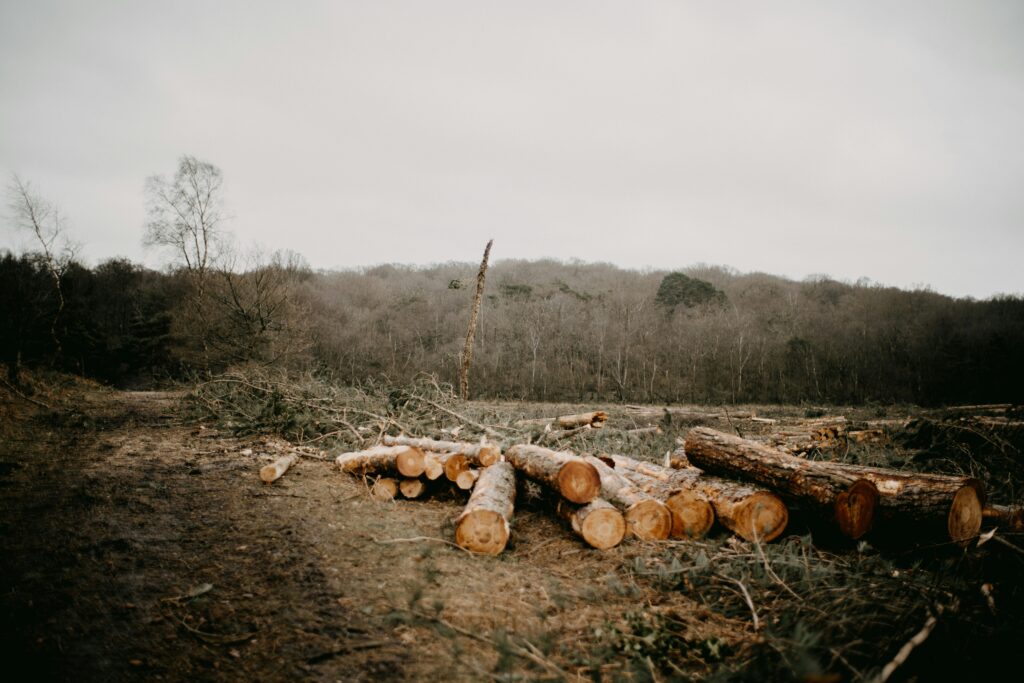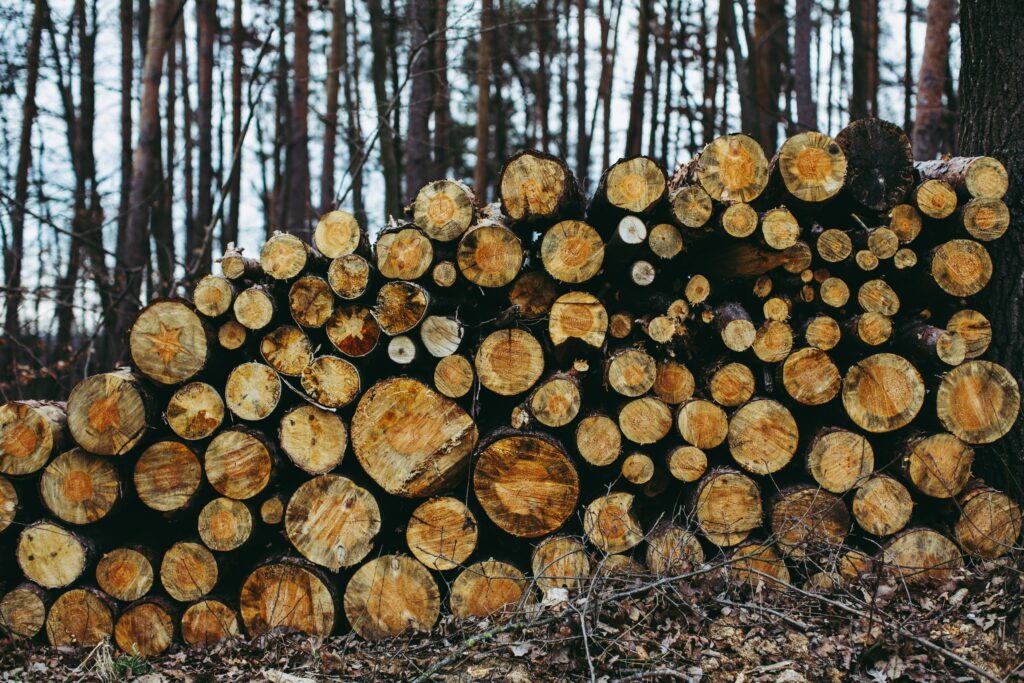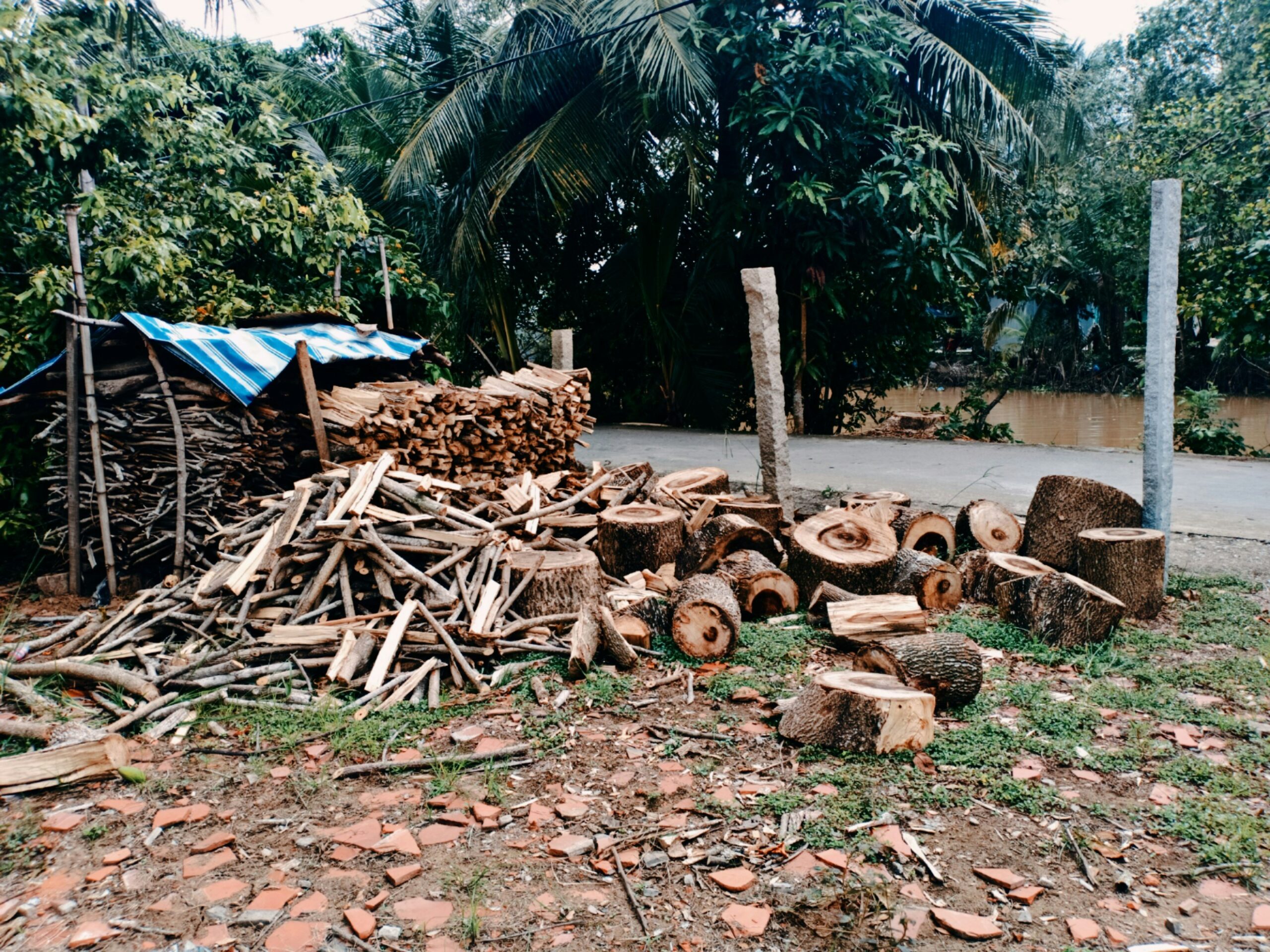Clearing forests might seem like a local issue, something happening deep in the Amazon or far off in Southeast Asia. But the truth is, deforestation is a global problem, with causes that are far more complex than just someone cutting down a few trees. It’s about supply chains, policy decisions, land use pressures, and the ripple effects of everyday products on store shelves. This article looks at the real reasons behind deforestation today and why solving it means digging deeper than just planting more trees.
The Bigger Picture: Not Just One Cause
Before diving into the individual causes, it’s important to understand that deforestation doesn’t usually happen for just one reason. It’s often the result of multiple pressures happening at once, stacked on top of each other.
You might have logging in an area that opens access roads. Then farmers move in, and soon the whole patch of forest is gone. Or maybe a government policy promotes industrial agriculture to boost the economy, unintentionally speeding up forest loss. These chain reactions are more common than isolated single events.
1. Industrial Agriculture and Commercial Crops
The largest cause of deforestation globally is agriculture, and we’re not just talking about small family farms. Large-scale operations clear millions of hectares to grow crops like soybeans, palm oil, and maize. In Brazil, this often means turning rainforest into soybean fields. In Indonesia, it’s about replacing tropical forest with palm oil plantations.
While food production is essential, the speed and scale at which land is being converted puts huge stress on forest ecosystems. The demand for cheap vegetable oils and livestock feed has created a direct pipeline from forest to farmland.
Key crops linked to forest loss:
- Palm oil (especially in Southeast Asia)
- Soybeans (mostly for animal feed)
- Cocoa and coffee (mainly in West Africa and Latin America)
- Sugarcane and maize (linked to both food and biofuel markets)
2. Livestock Grazing and Pasture Expansion
Raising livestock is another huge contributor to deforestation, particularly in Latin America. Vast areas of rainforest are cleared to make space for cattle grazing. In fact, some estimates place pasture expansion behind nearly 40% of total global deforestation.
This isn’t just a rural issue. The global appetite for beef drives deforestation in countries that export meat or leather. In many cases, forests are cleared using slash-and-burn methods, a fast but destructive process that also increases fire risk and soil degradation.
3. Logging – Legal, Illegal, and Everything in Between
Wood is still a major global commodity, used for furniture, construction, paper, and fuel. And while not all logging is bad, unregulated or poorly managed extraction can leave forests fragmented, degraded, or entirely stripped.
In many regions, logging follows road development. Roads cut into forests to reach timber often become entry points for farming or settlement, setting off a pattern of permanent deforestation.
Two types of wood extraction to watch:
- Commercial logging: Often regulated, but may still lead to long-term degradation
- Fuelwood harvesting: Especially in developing countries, this is a major source of forest loss for local energy needs
4. Infrastructure Expansion and Urban Growth
Building roads, power lines, and cities means forests get pushed back. Urbanization is often overlooked in deforestation conversations, but it’s a growing cause of forest loss, particularly in regions with fast-growing populations and weak land-use planning.
In Europe, urban development is now one of the leading causes of deforestation, overtaking agriculture in some countries. And once a road cuts through a forest, the surrounding area tends to change quickly. Roads bring people, and people bring land use changes.
5. Fires and Forest Degradation
Fire plays a complex role in deforestation. Sometimes it’s used deliberately to clear land. Other times, forests become more flammable due to logging or drought, and wildfires take hold where they wouldn’t naturally occur.
Repeated burning, especially in degraded or fragmented forests, often leads to long-term forest loss. This is particularly visible in Southeast Asia, where peatland fires have destroyed vast areas of forest over the past two decades.
6. Climate Change: Both a Cause and a Consequence
Forests help regulate the climate by absorbing carbon dioxide. But climate change is making forests more vulnerable. Rising temperatures, prolonged droughts, and intense storms damage trees and make fires more likely. In turn, deforestation worsens climate change by reducing the planet’s carbon sinks.
This two-way relationship creates a loop:
- Forests are lost due to climate stress (drought, heatwaves, etc.)
- Less forest cover means less carbon absorbed
- More carbon in the air accelerates climate change
- Climate change then causes more stress on forests
7. Global Consumption and Trade
Many of the products linked to deforestation aren’t consumed locally. Palm oil, soy, beef, leather, coffee, and cocoa are all traded globally. In fact, the EU alone is responsible for about 10% of global deforestation through imported goods, according to the European Commission.
The challenge here is transparency. Companies buying raw materials often don’t have full visibility into where those materials come from, especially when suppliers are several layers deep.
Imported goods with high deforestation risk:
- Palm oil in packaged foods and cosmetics
- Soy used in livestock feed
- Wood for furniture or flooring
- Beef and leather products
- Coffee and chocolate
8. Policy, Governance, and Land Rights
Government policies can either slow down deforestation or speed it up. Subsidies for agricultural expansion, weak forest protection laws, or unclear land tenure all contribute to forest loss.
At the same time, strong environmental policies, forest monitoring programs, and indigenous land rights can protect forests more effectively than any single project.
Common policy-related drivers:
- State-backed road or rail projects
- Agricultural incentives and tax breaks
- Poor enforcement of logging regulations
- Lack of recognition for indigenous land claims

Technology, Access, and Tools
Technology isn’t a cause of deforestation in the traditional sense, but it plays a major role in shaping how quickly and extensively forests are cleared – or protected. It’s not about the tools themselves, but how they’re used, who uses them, and what systems are in place to control the outcomes.
Speeding Up Forest Loss: When Tech Becomes an Enabler
In many parts of the world, access to modern machinery has dramatically increased the pace at which land can be cleared. What used to take weeks with manual labor can now be done in a matter of hours with industrial equipment. Bulldozers, chainsaws, and mechanized harvesters allow large areas of forest to be cut down with minimal effort and lower labor costs.
These technologies aren’t inherently harmful, but in countries where environmental oversight is weak or non-existent, the availability of high-powered equipment can lead to large-scale forest clearing with little thought for long-term impact. It’s not uncommon for machinery brought in for legal farming operations to also be used for illegal logging or unauthorized land conversion, especially in remote or politically unstable regions.
Key technologies that enable faster deforestation:
- Bulldozers and tractors for rapid land clearing
- Chainsaws and harvesters for intensive timber extraction
- Road-building equipment, which opens up previously inaccessible forest areas
Once roads are built and machinery is in place, nearby forest areas become vulnerable to settlement, grazing, or secondary clearing. In this way, technology acts like an accelerant – not the spark, but the thing that makes the fire spread faster.
Slowing It Down: The Role of Monitoring and Remote Sensing
Fortunately, technology also plays a vital role in protecting forests. Satellite imagery, AI-driven deforestation alerts, GPS mapping, and remote monitoring systems allow governments, NGOs, and companies to track what’s happening in forests in near real-time.
Global platforms or systems used by the European Union’s EUDR enforcement rely on satellite data to detect illegal land clearing and monitor forest health. These tools make it harder for large-scale deforestation to go unnoticed, even in remote regions.
What used to be invisible is now easier to see, quantify, and report – but again, this only helps if there are laws in place to respond, and political will to act.
It’s Not Just the Tech – It’s the Framework Around It
The critical difference lies in governance. The same piece of technology can be used to either destroy or protect forests, depending on who’s using it, and for what purpose. In countries with strong environmental regulations, satellite monitoring can support prosecution of illegal loggers. In places without enforcement, those same systems may collect data, but nothing will happen unless someone acts on it.
There’s also the issue of access. Many local communities and forest-rich countries lack the resources, bandwidth, or training to use advanced monitoring tools. Even when deforestation is visible from space, if no one on the ground has the tools to respond, forest loss can continue unchecked.

How We Help Companies Take Action
We know that understanding the causes of deforestation is only part of the picture. Acting on that knowledge is what really makes a difference. That’s why we built our Conformitatea EUDR platform – to give businesses a smarter, faster way to monitor their supply chains and stay aligned with new EU rules on deforestation-free products.
Using satellite data, automated reporting, and verified sustainability metrics, we help companies see where risks are hiding and fix them before they become violations. Whether you’re dealing with palm oil, coffee, soy, timber, or cattle, staying compliant shouldn’t be a guessing game. Our job is to make the process easier, clearer, and more reliable so that environmental protection becomes part of how companies do business every day.
Behind It All: Economic Pressure
Most of the causes listed above tie back to one thing: economics. Land is cleared because it’s profitable to do so. Whether it’s for crops, cattle, timber, or development, the market often rewards short-term gains over long-term conservation.
This doesn’t mean people are acting with bad intent. In many parts of the world, clearing forests is tied to survival or national development goals. But without better alternatives and fair economic incentives, deforestation will likely continue.

The Way Forward: Understanding Before Solving
Solving deforestation starts with knowing what’s really behind it. That means going beyond the obvious and looking at how global trade, land use policies, economic incentives, and local needs all connect. The reasons forests are cleared vary widely, so solutions need to be just as specific.
There’s no quick fix. What works in one region might not make sense in another. But progress begins with clarity. The better we understand the causes, the more effectively we can respond – not just with headlines or pledges, but with action that actually fits the problem.
Concluzie
Deforestation doesn’t happen in a vacuum. It’s tied to the food we eat, the stuff we buy, the policies we pass, and the systems we rely on to keep things moving. If we keep treating forest loss as someone else’s problem in some far-off place, the cycle will keep repeating. But if we understand what’s driving it – really understand it, from agriculture to trade to tech – we can start making smarter decisions.
No single solution will fix it. But progress comes when people, companies, and governments all start pulling in the same direction. That means better tools, stronger oversight, and a deeper commitment to doing things differently. Forests don’t need saving. They need us to stop pretending we don’t see what’s happening to them.
ÎNTREBĂRI FRECVENTE
Why is agriculture such a major cause of deforestation?
Because growing crops and raising animals takes a lot of land. When demand rises for things like soy, beef, and palm oil, forests are often the first thing to go. Large-scale farming clears space fast, especially in countries where forest land is cheaper or less protected.
How does logging contribute to forest loss?
Logging, especially when unregulated, weakens forests even if it doesn’t clear them completely. Roads cut for timber access often open the door for farming or settlement. Over time, this combination chips away at entire ecosystems.
Is climate change making deforestation worse, or the other way around?
Both. Climate change makes forests drier and more fire-prone, while deforestation puts more carbon into the atmosphere. It’s a feedback loop, and unfortunately, it’s speeding up.


